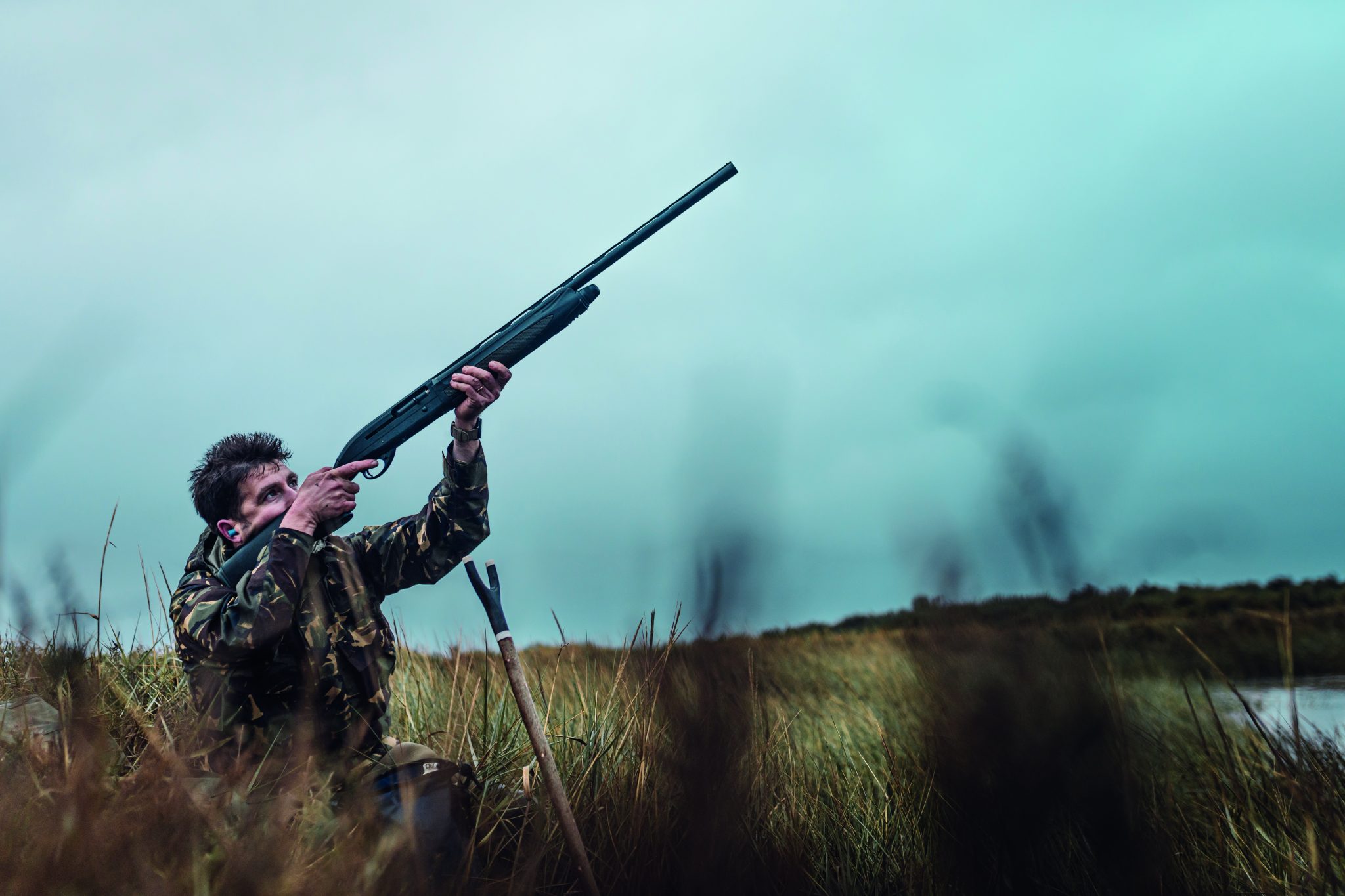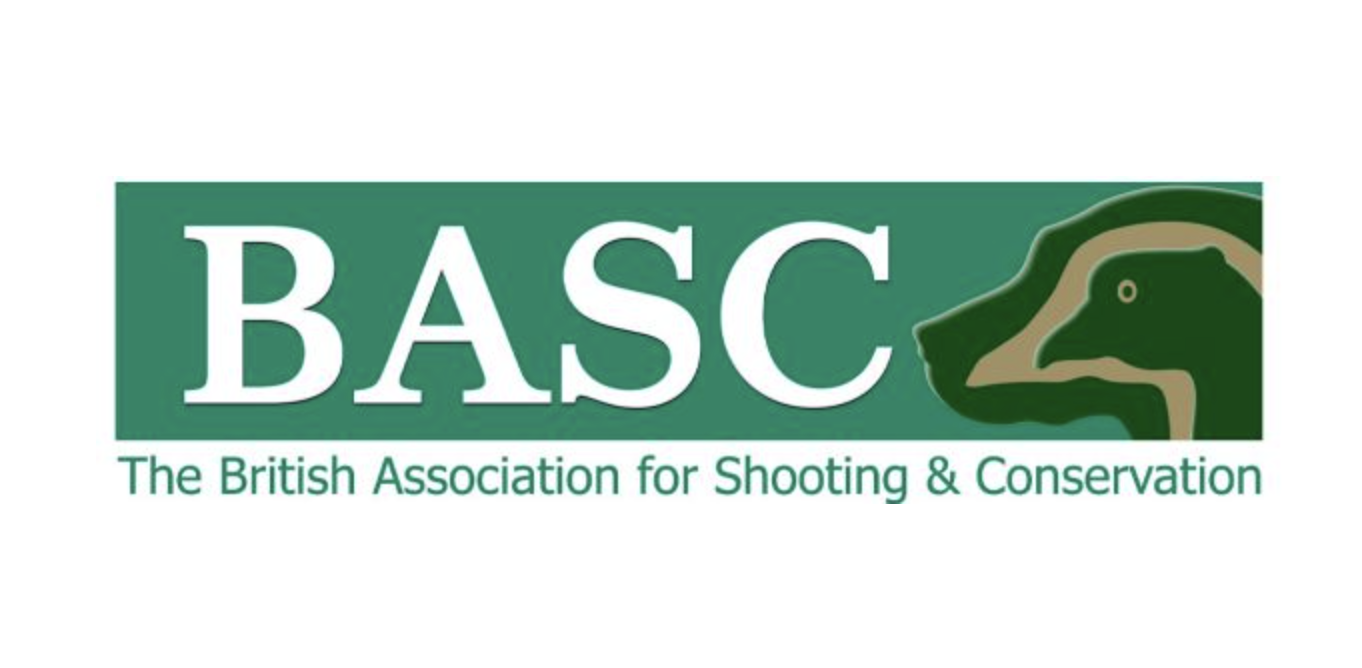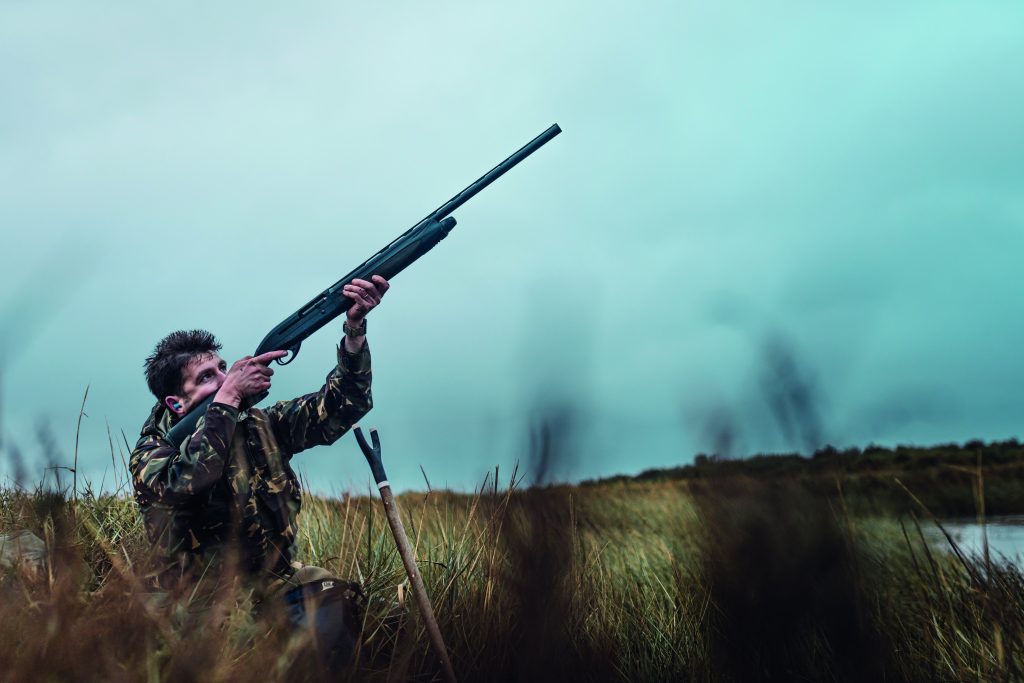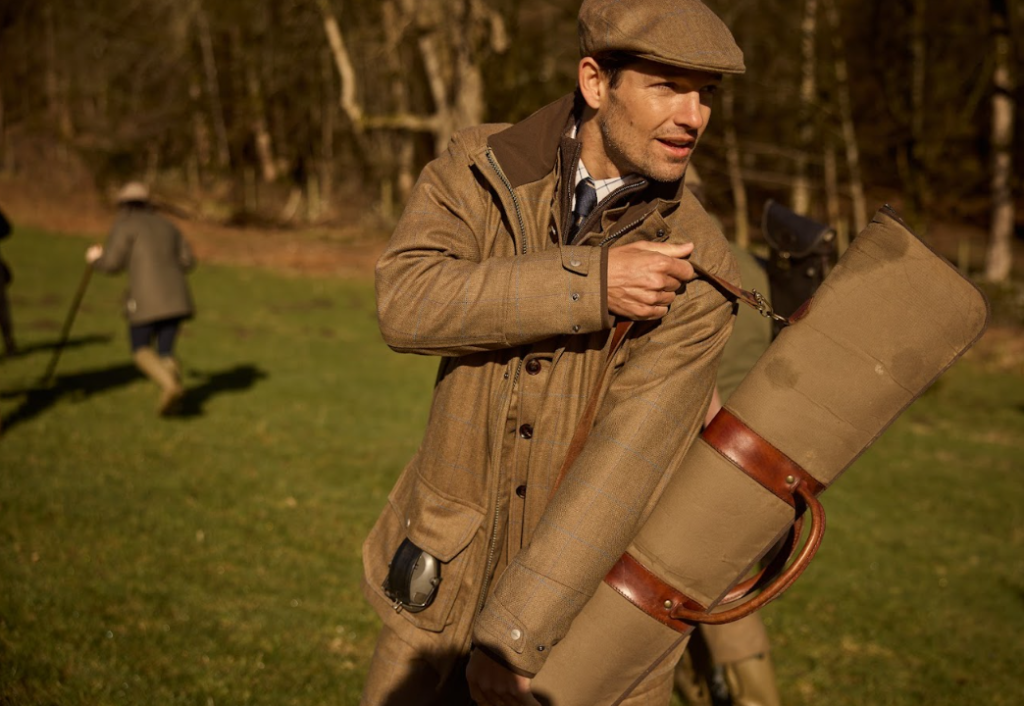Win CENS ProFlex DX5 earplugs worth £1,149 – enter here
What’s the law on pigeon shooting? You can’t just go and shoot them – you need to know where, why and what
I will always remember my first pigeon. I was standing under the old oak in the middle of the farm with my father. It was a left-to-right crosser and I wandered home whereupon my mother cooked it for my tea. It was a long time ago in so many ways. At that point, pigeon shooting just happened and the minutiae of law on pigeon shooting that governed your right to do it were hardly thought about. It’s easy to look back with nostalgia but, in truth, I think we’re actually in a better place now.
Law on pigeon shooting
The withdrawal of the general licence in 2019 was a real headache. Since boyhood, I’ve loved pigeons and I’d bet that my respect for them is far greater than those who cheered through a temporary ban on pigeon shooting could possibly imagine. Take it from me, as a farmer’s son, agriculture is not an easy business. Lots of us struggle to make ends meet, and more than £75 million worth of hard-pressed farmers’ money is lost every year due to pigeon damage. It would be a mistake to look at high instances of mental health issues among farmers and constant attacks on their world as being unrelated.
Maximum pain
The consensus among a number of conservationists on the ground is that those behind the withdrawal of the general licence were simply trying to cause maximum pain.
That was then, however, and in truth the incident served as a wake-up call. Yes, it happened at the worst possible time, when crops were at their most vulnerable, but we have to look forward. Don’t get me wrong, it’s a crazy world when you can’t go out and shoot a brace of pigeons for the table. After all, they are an agricultural pest, they taste delicious (see here for pigeon recipes), and they tick all sorts of boxes when it comes to eating sustainably but clearly we have to box within the rules.
Over the past few months, I’ve been trundling around the Oxfordshire countryside on pigeon reconnaissance, which has given me plenty of time to think. Last month, as I sat out on a thundery afternoon watching birds float into some newly laid winter barley, I started to give some thought to the turmoil pigeon shooters found themselves in back when the licence was withdrawn. It really was odd that for a few months, columnists at the country’s biggest newspapers turned their eyes to us pigeon shooters, and it was interesting that so many of them concluded the whole thing was barmy. Happily, we are now in a situation where intelligent people are much more clued up on the need to control pigeons than they were previously, but it was also a period of learning for pigeon shooters. For some, it was a good reminder of the detail of the general licences, and for others, shockingly, it seemed to be the first time they’d heard of the general licences at all. I’m not going to pretend that, up and down the country, everyone was being fully compliant.
Even now, it remains the case that there is confusion over what is and isn’t legal, with some anti-shooting interests claiming all sorts of things and some farmers not really knowing where they stand when they have a crop damage problem. In basic terms, you have those who are trying to use the law to bash farmers and pigeon shooters, and lots of people simply trying to get on with the pest control job.
Know what you are doing
The golden question, according to Peter Glenser QC, vice-president of BASC and a keen Shot himself, is “do you know why you’re doing what you’re doing?” He is very clear that “you can’t just go out and shoot pigeons on a jolly”. You need to be fully versed on the law on pigeon shooting.
The general licence that governs the shooting of pigeons is GL42 in England. I would expect all pigeon shooters to be familiar with the details. The licence makes it clear that where possible you must have made “reasonable endeavours to achieve the purpose in question” before you head out with a gun. In layman’s terms, that means if pigeons are hitting your oilseed rape, you might try a scarecrow, clapping your hands, using bangers, or frightening them by dressing up as a fox. However, the licence also states that you are not required to use bangers or get the fancy dress box out before shooting where it would be “impractical, without effect or disproportionate in the circumstances”.

Where practical, you must try non-lethal control methods before heading out with a gun.
Shifting the problem
There are many instances where the only way to prevent pigeons doing serious damage to crops is to get out there with your gun. It goes without saying that wandering around on a large arable farm clapping your hands would take a lot of time and, at best, would simply shift the problem around. As Archie Coats, the grandfather of modern-day pigeon control, wrote: “One pigeon can take a crop full of grain a day, enough to produce one pint of beer.” You might frighten that hungry pigeon from one block of barley to another, but he’s still going to be at it.
To return to Peter Glenser’s golden question, if a wildlife crime officer came across the field and asked why you were shooting pigeons, would you be able to reply, “I’m flighting pigeons on this line because they’re going from that holding wood over there to a field of peas down by the river” — or something similarly detailed?
If you are out flighting geese, think twice before shooting a pigeon
Shooting over stubble
One of the greatest causes of confusion seems to be whether you are allowed to shoot pigeons over stubble. The confusion comes from the fact that you aren’t obviously shooting pigeons over a crop that is under threat. However, you can control pigeons to prevent ‘serious damage’.
It is vital to have some working knowledge of the operation that is run on the land you are shooting over.
For instance, it might be that the farmer grows a lot of winter rape which takes a huge hit due to damage every year. However, it is perfectly possible that the most successful way to control pigeons on this theoretical farm is to shoot them over a small area of stubble that is left when barley is harvested in August.
Alex Farrell, a gamekeeping officer at BASC, explains that “shooting over stubble can be an effective way of preventing serious damage to existing crops or indeed to those that will be planted. Your action must be for the purpose on the relevant licence — in other words, to prevent serious damage.”
Roost shooting
A question of a similar nature is whether roost shooting is permissible, and the answer is essentially the same. Both are perfectly permissible so long as you’re doing it for a specific purpose where there is a clear threat of serious damage. Again, use the unexpected visitor test. Would you be able to say to a bobby who is out stretching his legs that the farmer has a pigeon problem and your roost shooting is necessary to prevent that problem?
Gerwyn Jones, a well-known pigeon Shot, told me that he almost never shoots over stubbles and often shoots quite far away from the site of damage, but he does so because shooting under a flightline has proved to be the most successful method on his permissions. He flights because it means he’s shooting the highest number of birds and is therefore reducing the threat by the greatest amount. The point I’m making is there is nothing legally dubious about any usual method of pigeon shooting so long as it is one you have chosen because it is effective.
A pigeon shooting season?
From time to time, someone floats the idea of a pigeon shooting season. They often admit that they don’t like to think of birds starving in spring after their mother has been shot. It’s not a nice thought. However, pigeons breed throughout the year, so it would be hard to draw up a season. But as many of you will know, both the male and female feed their young, so the percentage of chicks lost due to their parents being shot is minimal.
Where I suspect people get things wrong is by not keeping outings quarry specific. If you’re on the foreshore waiting for a skein of Canada geese and a pigeon flies over, you shouldn’t just have a go at it.
The pigeon population has been estimated at 5.4 million, but this is almost certainly too conservative
Conservative
No matter who you are and which drum you’re banging, it’s undeniable that Britain’s pigeon population isn’t going away. The RSPB estimate, of 5.4 million pairis, to my mind, is quite conservative, particularly given breeding success over the past few years.
It might sound odd for me to say this — as someone who loves woodpigeon shooting and loves British agriculture — but wherever possible we ought to take the emotion out of it. We simply can’t allow pigeon control to become a battleground on which we fight it out with animal rights activists. It’s not about us or them, it’s about doing what’s right by British farmers and having respect for our wild birds.
Related Articles
Get the latest news delivered direct to your door
Subscribe to Shooting Times & Country
Discover the ultimate companion for field sports enthusiasts with Shooting Times & Country Magazine, the UK’s leading weekly publication that has been at the forefront of shooting culture since 1882. Subscribers gain access to expert tips, comprehensive gear reviews, seasonal advice and a vibrant community of like-minded shooters.
Save on shop price when you subscribe with weekly issues featuring in-depth articles on gundog training, exclusive member offers and access to the digital back issue library. A Shooting Times & Country subscription is more than a magazine, don’t just read about the countryside; immerse yourself in its most authoritative and engaging publication.







